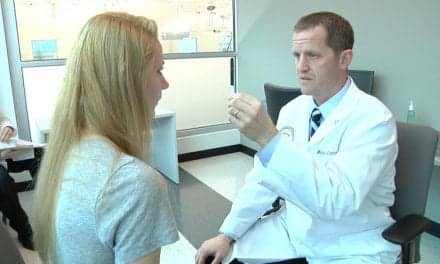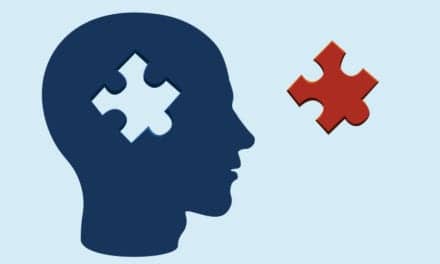Sports wearable technology company i1 Biometrics, Kirkland, Wash, reports that it has signed an agreement with Texas A&M University, through which Aggie football team members will wear the company’s Vector MouthGuard with ESP Chip Technology. Team members will wear the Vector MouthGuards this spring to measure the brain’s linear and rotational accelerations resulting from impacts sustained in practices and games.
A news release issued by the company states that several NCAA Division-I football teams are leveraging the Vector MouthGuard from i1Biometrics as a way to collect a detailed amount of individual data regarding head impacts sustained during practices and games.
Texas A&M is the latest major NCAA football program to adopt the Vector MouthGuard and the Impact Intelligence System from i1 Biometrics.
According the release, Louisiana State University wore the sensing devices in 2014 and the University of Kansas and University of South Carolina announced earlier this month that their players would be wearing the mouth guards in 2015.
David Weir, athletic trainer, Texas A&M, explains that in light of the university athletic department’s commitment in the management of sports concussions, “This technology allows us to better monitor impacts, force, and location of those impacts in our football players.”
The Vector MouthGuard is engineered to use an algorithm to measure, translate, and transfer data to a handheld, mobile device used by trainers on the sidelines. The release says the data is designed to show the magnitude, location, and direction of the impact, which can assist the athletic training staff with real-time awareness of forces for further medical evaluation of players. It is also intended to assist in post-event understanding of how those forces affect individual athletes over time.
In the release, Jesse Harper, CEO, i1Biometrics, explains that the “Vector MouthGuard with ESP Chip Technology leverages a highly sensitive and accurate micro electronic technology to relay critical head impact information back to the sideline in real-time, reducing some of the guesswork for trainers and coaches. It is our hope that this is seen as a very positive move in the right direction for all who participate, coach, or care for athletes in contact sports and we appreciate industry leaders like the Texas A&M and their athletic training leadership adopting our technology as a way to help remove some of the guesswork involved in head impacts.”
Source: i1 Biometrics




